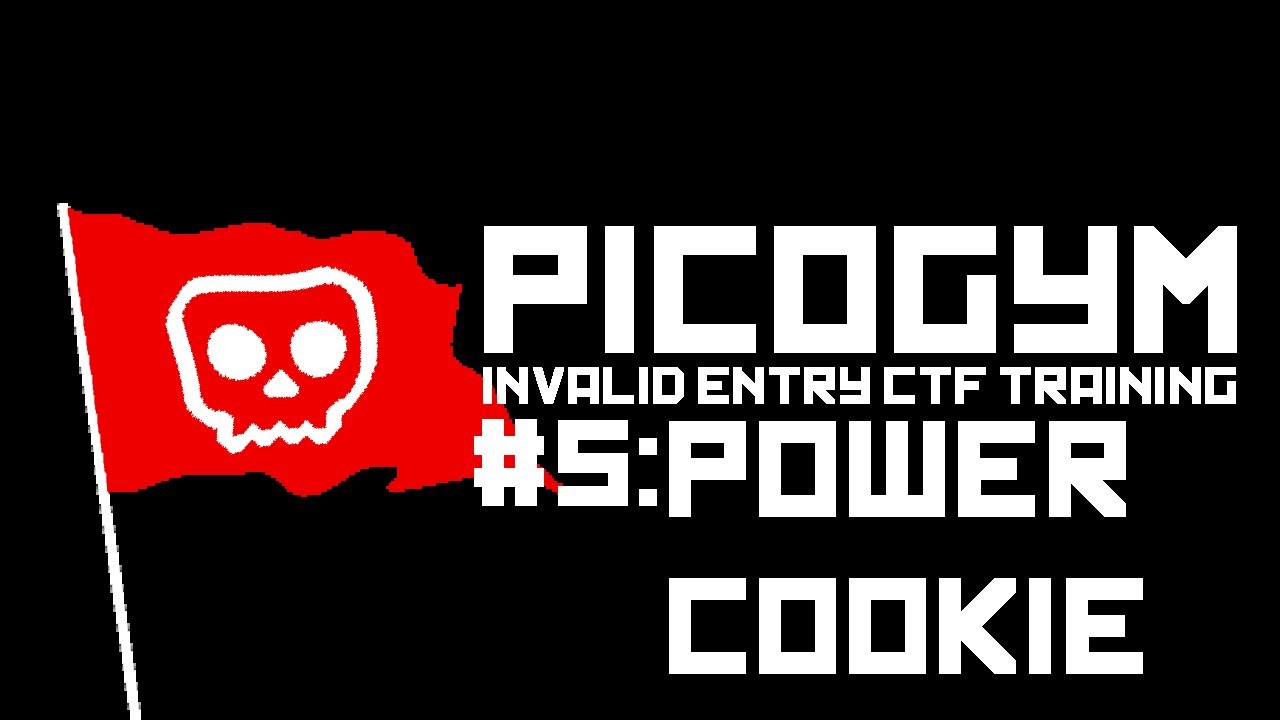Microsoft Uncovers Austrian Company Exploiting Windows and Adobe Zero-Day Exploits
A cyber mercenary that “ostensibly sells general security and information analysis services to commercial customers” used several Windows and Adobe zero-day exploits in limited and highly-targeted attacks against European and Central American entities.
The company, which Microsoft describes as a private-sector offensive actor (PSOA), is an Austria-based outfit called DSIRF that’s linked to the development and attempted sale of a piece of cyberweapon referred to as Subzero, which can be used to hack targets’ phones, computers, and internet-connected devices.
“Observed victims to date include law firms, banks, and strategic consultancies in countries such as Austria, the United Kingdom, and Panama,” the tech giant’s cybersecurity teams said in a Wednesday report.
Microsoft is tracking the actor under the moniker KNOTWEED, continuing its trend of terming PSOAs using names given to trees and shrubs. The company previously designated the name SOURGUM to Israeli spyware vendor Candiru.
KNOTWEED is known to dabble in both access-as-a-service and hack-for-hire operations, offering its toolset to third parties as well as directly associating itself in certain attacks.
While the former entails the sales of end-to-end hacking tools that can be used by the purchaser in their own operations without the involvement of the offensive actor, hack-for-hire groups run the targeted operations on behalf of their clients.
The deployment of Subzero is said to have transpired through the exploitation of numerous issues, including an attack chain that abused an unknown Adobe Reader remote code execution (RCE) flaw and a zero-day privilege escalation bug (CVE-2022-22047), the latter of which was addressed by Microsoft as part of its July Patch Tuesday updates.
“The exploits were packaged into a PDF document that was sent to the victim via email,” Microsoft explained. “CVE-2022-22047 was used in KNOTWEED related attacks for privilege escalation. The vulnerability also provided the ability to escape sandboxes and achieve system-level code execution.”
Similar attack chains observed in 2021 leveraged a combination of two Windows privilege escalation exploits (CVE-2021-31199 and CVE-2021-31201) in…



